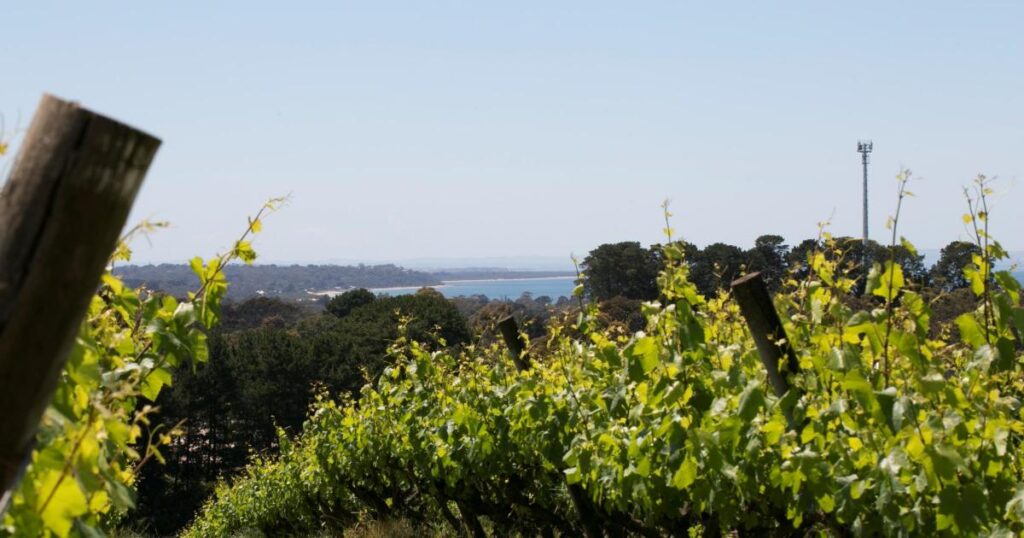I know I’ve promised to avoid extravagant descriptions, but there is some sense behind this question.
Wine has texture that you can feel in your mouth, rather like your hands experience as they caress a fabric.
And a classic example is pinot noir. There’s a silkiness to the best examples, a feeling that the finest chiffon is floating there. Burgundy is the obvious source, but pinot noir wines from other places can offer that same sensation.

And, wow, the wines are so impressive. Not in an outspoken, pushy way: they’re wines of elegance and pure style, couturier fashions of the grape.
They carry that kind of price tag, too – there’s rarely much change from £40 a bottle. Wine has soared in price lately, due to many of the same factors that are behind the increases seen in other products but with the extra whammy of the stupid (and tax inefficient) rules that now change excise duty at every 0.5% step in alcohol content.
So, when it’s hard today to buy a decent, interesting everyday wine at much below £10, paying four or five times that for something very special is far from outrageous. Just look at how much top burgundy costs.
Why are these wines so good? Place is important. The Mornington Peninsula is Australia’s only true maritime wine region, with a rich tapestry of terroir, “up the hill and down the hill” as the producers describe it, a mix of ancient soils, varied topography and a complexity of sea-breeze influenced microclimates.
Add in low yields (rather too low for commercial comfort in the last five years, a result of broader climate fluctuations), plus the commitment of the growers to allowing their wines to express their location with minimal interference in the cellar, and the quality level makes sense.
Modern recognition of the peninsula as a location for fine wine is barely half a century old, and there’s acknowledgement that the very best sites may yet be undiscovered. But these passionate producers – most of them small, family-run operations – will find them, and all fine wine lovers will be grateful.
Tasting the wines shows both similarities – glorious aromas, purity, elegance – and the subtle differences of individual winemaking practice.
I loved all six Wine Australia provided: from Crittenden, Handpicked Wines, Kooyong Estate, Ocean Eight, Paringa Estate and Ten Minutes by Tractor.
There are other producers, too, and the region offers a confidence-inducing consistency. Go to wine-searcher.com to find the independent merchants who sell these wines – and think how very special one might be for a celebration with wine-enthused family or friends.
Less credit-card-challenging recommendations now.

A reliable, easy, off-dry introduction is New Zealand classic Villa Maria Private Bin (£11-£12, Waitrose, Ocado), there’s more complexity and elegance in dry Schieferkopf from Baden (£14-£16, stonevine.co.uk, islingtonwine.co.uk), and a refreshing combination of old and new comes in Eroica (£21.30, vinvm.co.uk), from Chateau Ste Michelle in Washington State with involvement of German riesling maestro Dr Loosen.
Off to Spain for two unusual, pure and delicious 100% garnachas, both from high vineyards.

Torres is a name associated more with Spain than South America, but the family-run, very environmentally friendly company has an excellent operation in Chile with a new sustainability initiative, The Green Road.
The feel-good, drink-happily sauvignon blanc and cabernet sauvignon (£10,Waitrose) are bottled in the UK, with a huge saving in transport emissions.
Not so for H J Fabre Patagonia Barrel Selection Malbec (£16, laithwaites.co.uk), but like the Spanish garnachas this is another lighter, stylish example of a wine often more powerful and clumsy: a serious pleasure.




